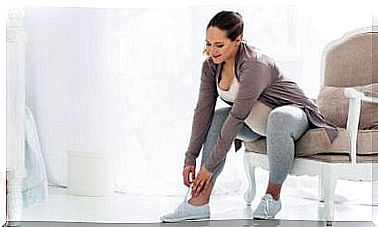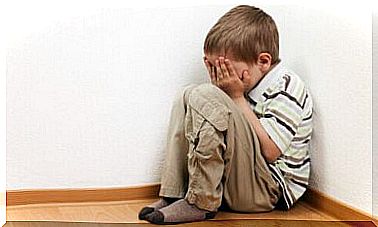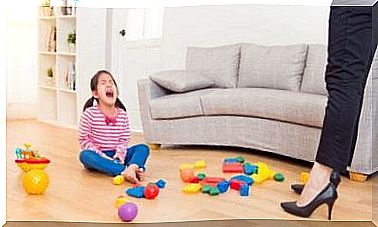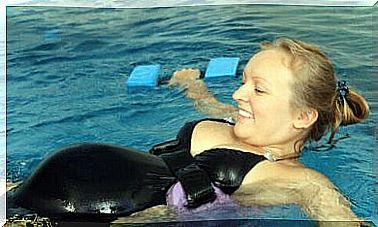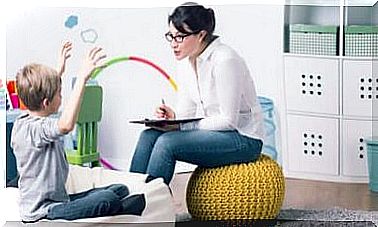How To Avoid Colic In Babies? – Being Parents

Parents’ worries about colic in babies are a constant during the first pediatric visits. For many, this is a real concern that is based on concrete experience that is difficult to manage. For others, it will simply be a doubt motivated by the environment, capable of sowing fear in the face of the usual manifestations of the healthy newborn.
What Causes Colic In Babies?
The baby’s body is a whole new machine. The commissioning of all its functions goes quickly, although obtaining optimal operation is a gradual process.
At birth, we immediately feed on our mother’s milk. We are born with primitive reflexes that allow us to seek the breast and nourish the suction. Mom’s body, meanwhile, will also have deployed its strategies to ensure milk production. But, despite the biological phenomena, there are other factors that can interfere with the feeding of the baby.
Babies often do not latch on well and, in addition to milk, they ingest large amounts of air. This, added to the air produced by the digestive tract during its operation, accumulates in the intestine with each feeding. After feeding, the body will seek to eliminate it reflexively through natural openings such as the mouth and anus.

How to help reduce colic in babies?
As we mentioned, the production of gas in the intestine is a normal phenomenon that does not require additional help to resolve. However, a swallowing excessive air due to poor breastfeeding technique is something that can be avoided and corrected. For this reason, it is very important to observe and supervise the mother-baby dyad during the first feedings, to ensure the future success of breastfeeding.
Breastfeeding techniques
There is no such thing as an “anti-colic” breastfeeding technique. What do exist are ways to ensure proper technique, to avoid some common breastfeeding problems (nipple pain or twist, excessive air intake, among others). The success of breastfeeding will depend, to a large extent, on the correctness of the technique.
The most important point is that the mother adopts a position that is comfortable for her. Indeed, the first feedings are generally the most difficult. For this reason, it is important to let the mother choose her position and breastfeed the baby in a quiet place, without too much light or noise.
There are many positions to offer the breast and all of them are effective. The choice of each will depend on the circumstances and may vary throughout the day. In addition, it is important to ask for a consultation with a person who is expert in breastfeeding to inform the mother about each position and its advantages.
The keys to a good grip
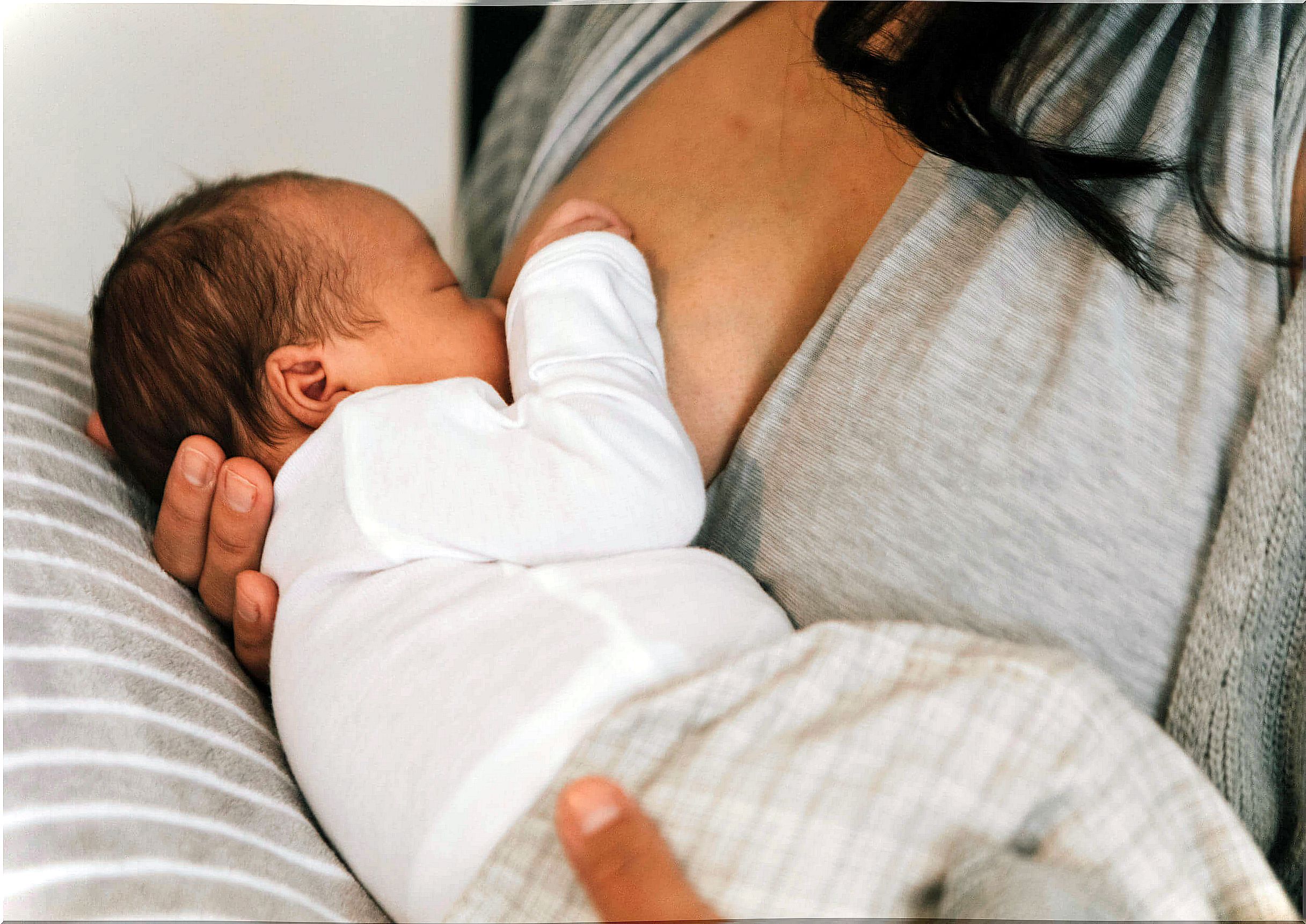
The goal of good technique is to ensure good grip on the chest. If the child’s mouth does not catch the breast properly, it will lead to various problems for the mother and the baby. Here are some keys:
- First of all, the child should be placed near the mother with the face in front of the chest.
- It should be comfortable, with the trunk and head aligned.
- The mouth should be wide open, with both lips turned (outward, like the mouth of a fish).
- In addition, the mother must insert the entire nipple and a large part of the areola into the child’s mouth.
- The tip of the mother’s nipple should reach the end of the hard palate.
- Check that both baby’s lips are turned upside down.
- The baby’s tongue will stick out during the suction.
- While drinking, your baby moves his jaw and head in rhythm and you can hear how he swallows the milk.
- The baby’s posture is relaxed.
Does the baby have to belch after a feed?
After feeding, it is advisable to keep the baby in an upright position for a few minutes. It can be lying on your shoulder (almost 90 degrees), on your stomach, or on the forearm (at 45 degrees). The position adopted will depend on the degree of muscular maturity of the child and the confidence of the parents.
Babies often pass gas through their mouths without making any audible sound. This should not be of concern, as the mechanism is the same and just as effective. It is recommended that the little one stay 5 to 10 minutes in this position before getting on the back again.
How to help your baby with colic?
As with belching, the elimination of gas through the anus will take place by a natural mechanism of the body. Although you don’t have to do anything specific to make this happen, you can help your child feel better.
Air enters through the mouth directly into the stomach. From there it will pass to the intestine, and after a long journey it will be eliminated through the anus. When large amounts of air collect in the intestine, it distends it and causes pain. For this reason, securing a bowel movement is the key to avoiding congestion.
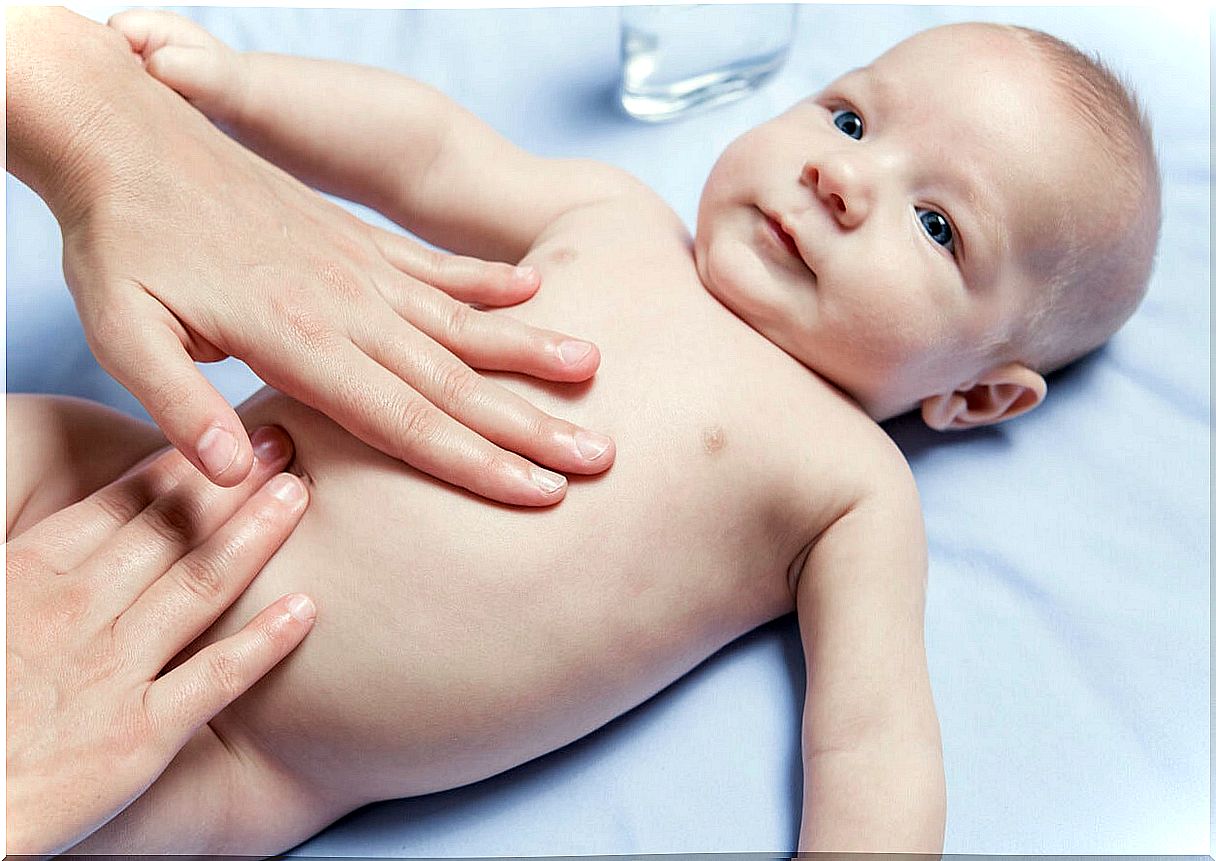
After eating, the gastrocolic reflex is triggered. It is a wave of stools in the direction of the anus. If, after standing to burp, you lay the baby on their back on a firm surface and relax the abdomen, you will allow gas to be eliminated. This can be achieved by bending the legs on the stomach or by gently massaging in a circular motion around the navel.
Medicines, massages and postures to prevent colic in babies
There are many products on the market that are touted as solutions for colic in babies. The list includes drugs (such as simethicone or dicylamine), medicated milk formulas (anti-colic, hydrolysates), medicinal herbs, special massage practices (like Shantala), bottles with gas content or bags of seeds to heat in the microwave.
Despite their commercialization, none of these products has been shown to be effective. Moreover, none overcame the positive effect of changes in parents’ attitudes and reactions after receiving proper medical information and advice.
In short, colic in young babies is a natural and expected occurrence. They are risk-free and, despite efforts to alleviate the discomfort, they do not require any outside intervention to resolve. The most important thing is to educate parents about this condition and offer the necessary and scientifically proven tools to relieve their baby’s discomfort.
